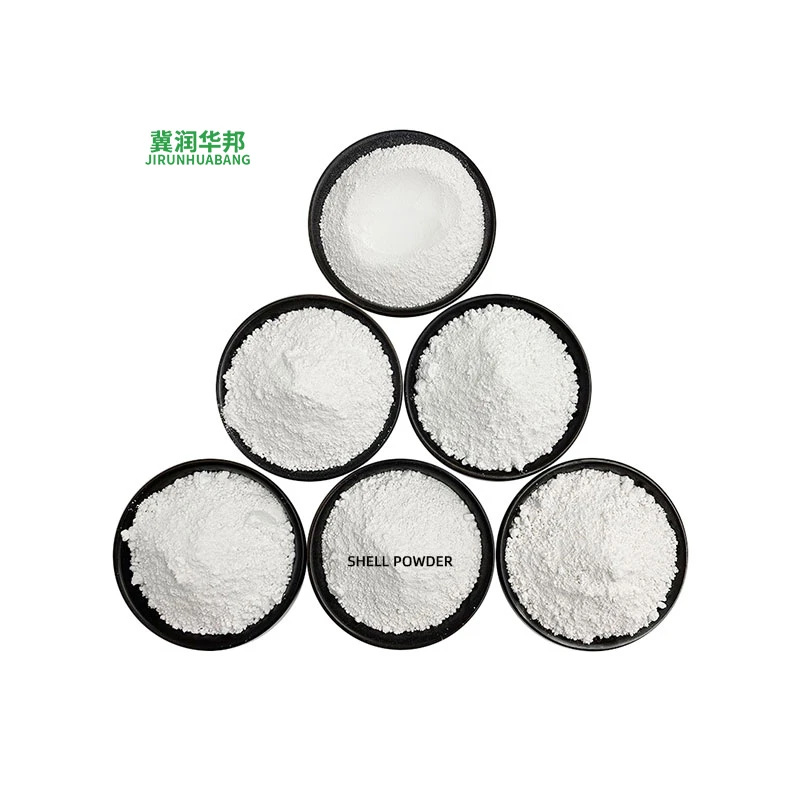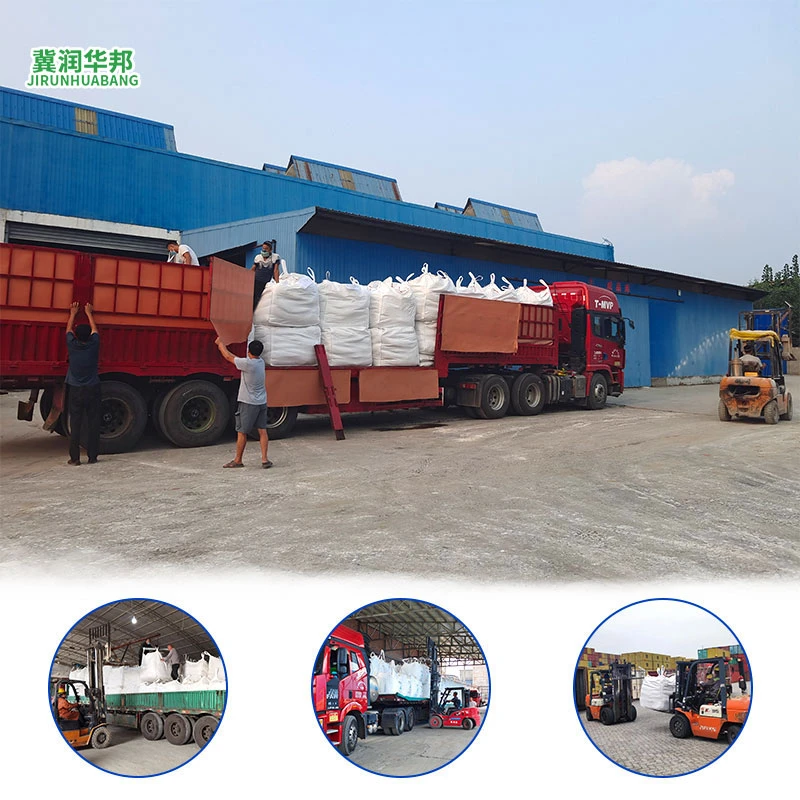Premium Oxide Powder Color for Concrete - Vibrant & Durable
Back to list
- Introduction to inorganic concrete colorants
- Scientific properties of iron oxide pigments
- Performance advantages versus alternatives
- Manufacturer comparison and technical specifications
- Custom color formulation processes
- Implementation in architectural projects
- Future applications in construction

(oxide powder color for concrete)
Understanding Oxide Powder Color for Concrete Solutions
Inorganic pigments transform architectural concrete beyond utilitarian gray. Iron oxide concrete color permeates mixtures at the molecular level, creating integral coloration that withstands environmental stressors better than topical applications. Major construction projects increasingly specify oxide powder for concrete to achieve permanent colorfast results in challenging applications from bridge decks to coastal infrastructure.
The Chemistry Behind Permanent Pigmentation
Ferrous oxide (FeO) and ferric oxide (Fe₂O₃) compounds create mineral-based hues through light absorption at specific wavelengths. Unlike organic dyes, these compounds maintain stability through cement hydration's highly alkaline process (pH 12-13). Particle sizes between 0.2-0.5 microns ensure uniform dispersion throughout the concrete matrix without weakening structural bonds. Accelerated weathering tests show less than 3% color shift after 1,500 hours of UV exposure.
Performance Metrics Versus Alternatives
Oxide powder color formulations demonstrate 10x greater lightfastness compared to synthetic dyes when tested according to ASTM D4303. Their inorganic nature prevents reaction with concrete additives like plasticizers or air-entraining agents, unlike acid stains that can compromise surface integrity. Properly dosed mixtures maintain full compressive strength while decorative coatings reduce load-bearing capacity by up to 15% when applied at recommended thicknesses.
Technical Comparison of Major Manufacturers
| Manufacturer | Color Range | Concentration Rate | UV Stability | Alkali Resistance |
|---|---|---|---|---|
| Lansco Pigments | 48 standard hues | 3-6% by weight | ASTM 8 (Highest) | Unaffected |
| Huntsman | 32 standard hues | 2-5% by weight | ASTM 7 | Unaffected |
| Chemox | 24 standard hues | 5-8% by weight | ASTM 6 | Slight fading |
Custom Formulation Capabilities
Specialized suppliers create proprietary blends using computer-controlled batching systems that achieve color consistency within ΔE<2 tolerance. Municipal projects often require pigment combinations matching historical structures or geological features. Production facilities typically maintain ISO-certified processes, guaranteeing lot-to-lot uniformity across multi-phase construction timelines. Minimum batch sizes start at 25kg for custom iron oxide concrete color formulations.
Architectural Implementation Case Studies
The Terminal Tower renovation (Cleveland) incorporated 12,000kg of blended oxide powder to replicate original 1930s terracotta tones. Coastal barriers in Miami used 8% dosage marine-grade formulations showing zero color degradation after 5 years of saltwater exposure. Decorative concrete floors in Dubai's Mall of the Emirates maintained consistent chocolate hues despite constant foot traffic exceeding 50,000 daily visitors.
Innovations in Oxide Powder for Concrete Applications
Research focuses on enhancing nucleation properties to accelerate curing while maintaining color uniformity. Emerging photocatalytic oxide composites actively reduce urban air pollutants when used in architectural surfaces. The latest iron oxide concrete color technologies integrate with digital concrete monitoring systems, allowing real-time adjustment of pigment dispersion during large pours. Such developments position oxide powder color for concrete
as a dynamic solution for sustainable urban development.

(oxide powder color for concrete)
FAQS on oxide powder color for concrete
Q: What is iron oxide powder color for concrete?
A: Iron oxide powder colors are inorganic pigments used to tint concrete permanently. They come in natural or synthetic forms (red, yellow, black, etc.) and withstand weathering. These powders ensure consistent color throughout cured concrete.
Q: Why use oxide powder instead of liquid pigments for coloring concrete?
A: Oxide powder offers superior color stability and UV resistance compared to liquid alternatives. It mixes evenly into dry concrete batches for homogeneous coloring without weakening the structure. Powder formats also simplify dosing control and long-term storage.
Q: How much iron oxide powder should be added to concrete?
A: Typically, 2-6% iron oxide powder by weight of cement content achieves vivid coloring. Adjust dosage based on pigment strength and desired intensity (e.g., 4-5 lbs per 94lb bag of cement). Always follow manufacturer guidelines to avoid affecting concrete strength.
Q: Can oxide powder colors fade in outdoor concrete surfaces?
A: No, high-quality iron oxide pigments resist fading under UV exposure and harsh weather. Their inorganic composition provides permanent coloration that penetrates the concrete matrix. Properly mixed applications retain vibrancy for decades in driveways, patios, or pavers.
Q: What surface finishes work best with oxide powder-colored concrete?
A: Oxide pigments perform exceptionally with exposed aggregate, stamped, or polished concrete finishes. For stamped projects, powder integrates during batching before adding release agents. The color enhances texture depth while maintaining durability in high-traffic areas.
